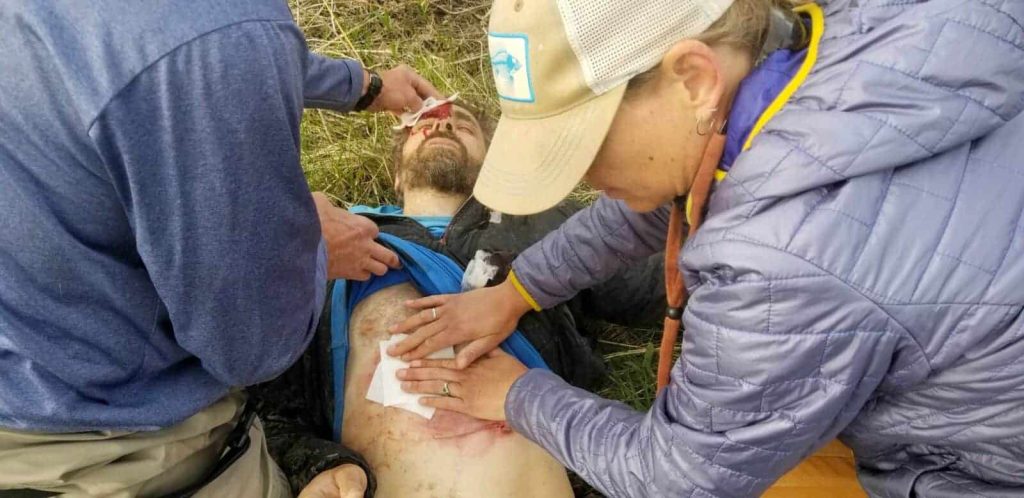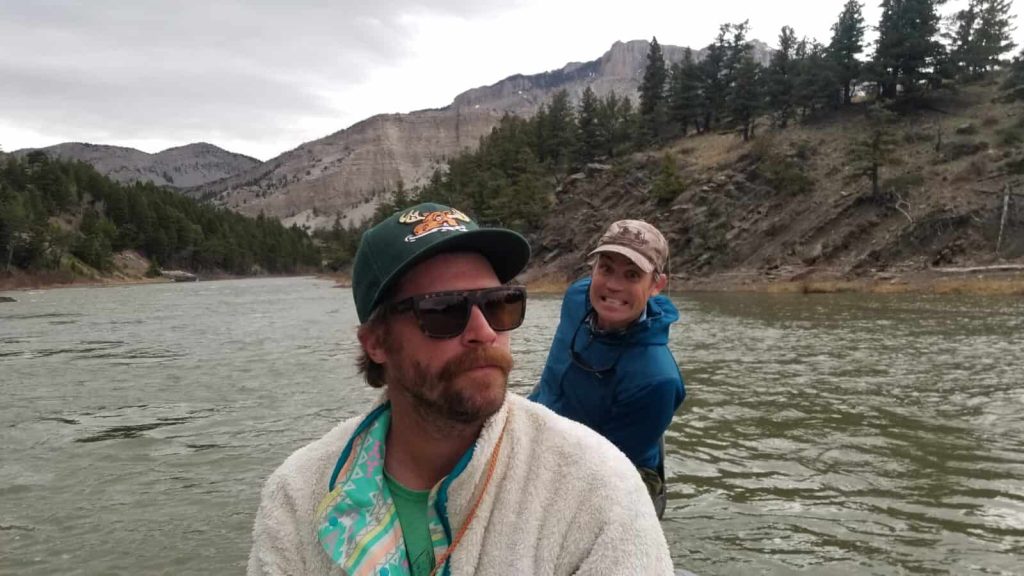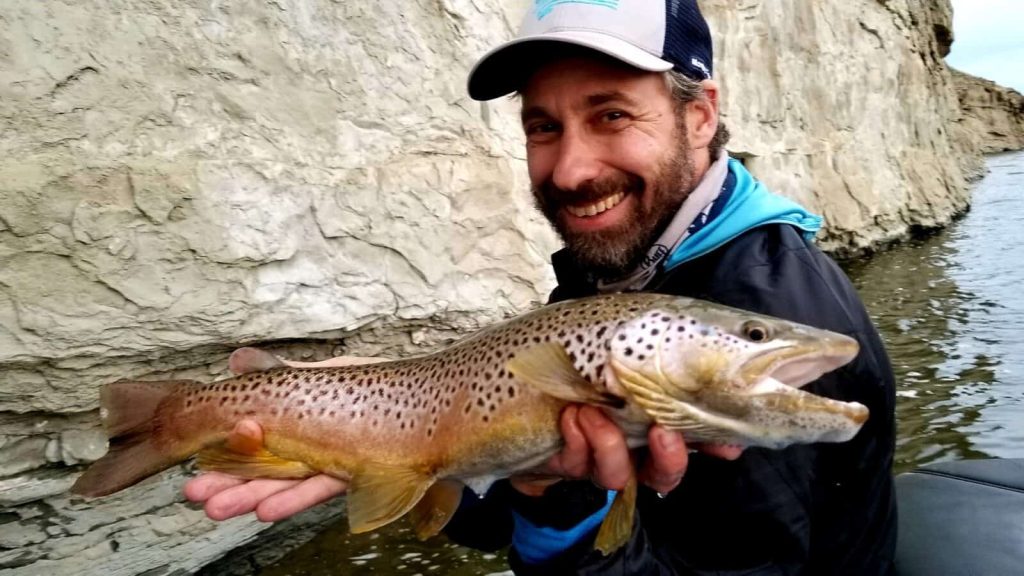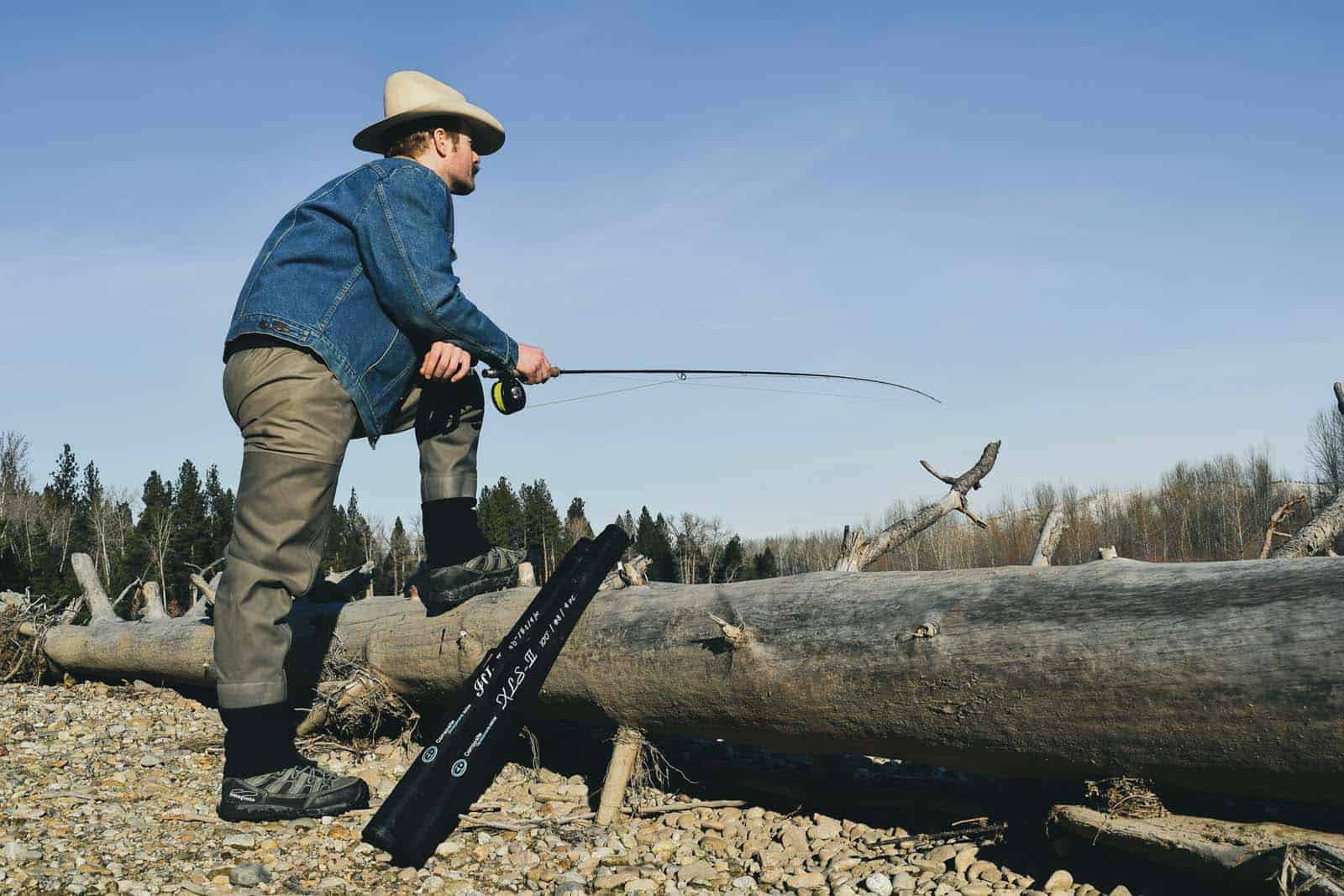“The February Room” Podcast-Episode 18, Lessons from Matt Churchman’s Bear Attack
No flies on this installment of The February Room, as we ponder Matt Churchman’s bear encounter, our own, and the importance of deterrent practice

Matt Churchman was generous enough to share his harrowing tale of his bear mauling with us in Episode 18 of The February Room. Back in May, I was fishing when my phone dinged with a link to a breaking news story of a bear attack. The sender made me immediately suspicious as to the whereabouts of the encounter, and as I read the details, my hunch was affirmed. A week prior, my two buddies and I rolled the dice on the very same stream despite warnings from locals of elevated bear sightings and activity in recent days. As details emerged and I realized the identity of the victim, and the group of highly experienced outdoors-folk he was with, all whom I happened to know, it donned deeply how easily this could’ve been one of us.

A few years ago, not far, as the crow flies, from the location of Matt’s attack, I was enjoying a particularly active day of bowhunting elk. Several bulls were raging below me, near my buddy’s location, as I kept them agitated via bugle and antler. Then I heard the splashing of hooves (paws, as it turned out) crossing the creek below and heading my direction. Believing that an elk was creeping up on me, I moved to get within 20 yards of where I thought the animal may emerge from the timber. I could see the light body and dark mane of this critter, and angled to intercept him at an intimate distance for my traditional bow. I was half-drawn when my mind began to process the animal’s morphology and wasn’t coming up with “elk”. I was now within 15 yards of a large grizzly bear. Slowly, I dropped my bow and reached for both my bear spray and my handgun. Double-fisted, ready to unleash a double-dose of capsaicin and lead. I began to back away, slowly, silently, put some topography between us, and then moved quickly downhill, looking over my shoulder until I was confident that the bear wasn’t coming. I can speculate endlessly on why that bear didn’t charge, but I’m going to strike that one up to luck.

There has been much debate and study on bear spray vs handgun in terms of deterrent effectiveness, but there are many factors to consider and every bear encounter is unique. As many experienced, professional Alaskan guides and wildlife agents can attest, packing a compact 12-gauge, in-hand, at all times is the preferred option given the unbelievable speed with which a bear can charge. For most of us laymen, bear spray is a reasonable precaution, as is a handgun, and if all goes well with a particular bear encounter, either, or both, of these weapons may deter the bear and save a life. Personally, I pack both, and practice, but many folks buy a deterrent, put in on their hip, figure they’re good and dangerous, and trudge forth in search of that bull elk or two-foot trout, without ever actually deploying the weapon.

Luck is a huge factor, and the bear that I encountered didn’t charge, while Matt’s did. Lord knows why, but I can’t say I’d be writing this today had the grizzly that I came face-to-face with turned and rushed immediately while I was still unholstering my deterrents? I do know that deterrents are worthless if you don’t have them with you at all times, and/or can’t deploy them quickly and effectively while recreating in bear country. If you pack heat, routinely practice your draw and accuracy. As Matt suggests, inert bear spray practice cans can help sharpen skills prior to hitting the backcountry. www.counterassault.com/product/inert-bear-spray-training-canister/


